Learning how to paint opens doors to creativity and self-expression. Whether you’re a complete beginner or looking to refine your skills, this guide, brought to you by LEARNS.EDU.VN, will provide you with essential tips and techniques to embark on your artistic journey. Discover the joy of painting and unlock your potential with our expert guidance, exploring diverse painting techniques and art fundamentals. Let’s delve into the world of colors and canvases to help you master artistic creation, ensuring a fulfilling and educational painting experience.
1. Choosing Your Art Medium
Contrary to popular belief, there’s no prescribed order for starting your painting journey. The best approach is to begin with the medium that sparks your interest and excitement. All paints share the same pigment, which provides the color, but the binder or vehicle mixed with the pigment changes how the paint behaves. Follow your curiosity to cultivate a lasting love for art.
Here’s a brief overview of various art mediums:
| Art Medium | Description | Pros | Cons |
|---|---|---|---|
| Watercolor | A water-based medium known for its transparency and fluidity. It involves controlling the flow of water to create delicate washes and vibrant hues. | Easy cleanup, portable, and ideal for creating luminous effects. | Difficult to correct mistakes, requires practice to master water control, and can be challenging for beginners due to its transparent nature. |
| Gouache | Also known as “opaque watercolor,” gouache is a water-based medium similar to watercolor but with added opacity. It allows for layering and covering mistakes, making it more forgiving for beginners. | Opaque coverage, easy to correct mistakes, and versatile for various painting techniques. | Can be prone to cracking if applied too thickly, requires careful water control to avoid muddy colors, and may dry to a slightly different color than when wet. |
| Acrylic | A fast-drying, versatile medium that uses synthetic polymers as a binder. Acrylics can be thinned with water or used straight from the tube, and they adhere to a variety of surfaces. | Fast-drying, durable, versatile for layering, and easy to clean up. | Dries quickly, making blending difficult, and can be less forgiving than oil paints. |
| Pastel | Pastels consist of pure pigment held together by a binder. They offer rich, vibrant colors and a velvety texture. Pastels are applied directly to the surface, blending and layering colors to create luminous effects. | Beautiful colors, no need for brushes, and direct application allows for expressive mark-making. | Expensive to start with due to the need for a wide range of colors, requires special paper with “tooth” to grip the pigment, and can be messy to work with. |
| Oil | Oil paints use oil as a binder, resulting in rich, vibrant colors and a slow drying time. This allows for blending, layering, and making corrections without rushing. Oil paints offer excellent color retention and can create a variety of textures and effects. | Rich color, slow drying time allows for blending and corrections, and excellent color retention. | Requires solvents for cleanup, longer drying time may not suit all artists, and can be more expensive than other mediums. |
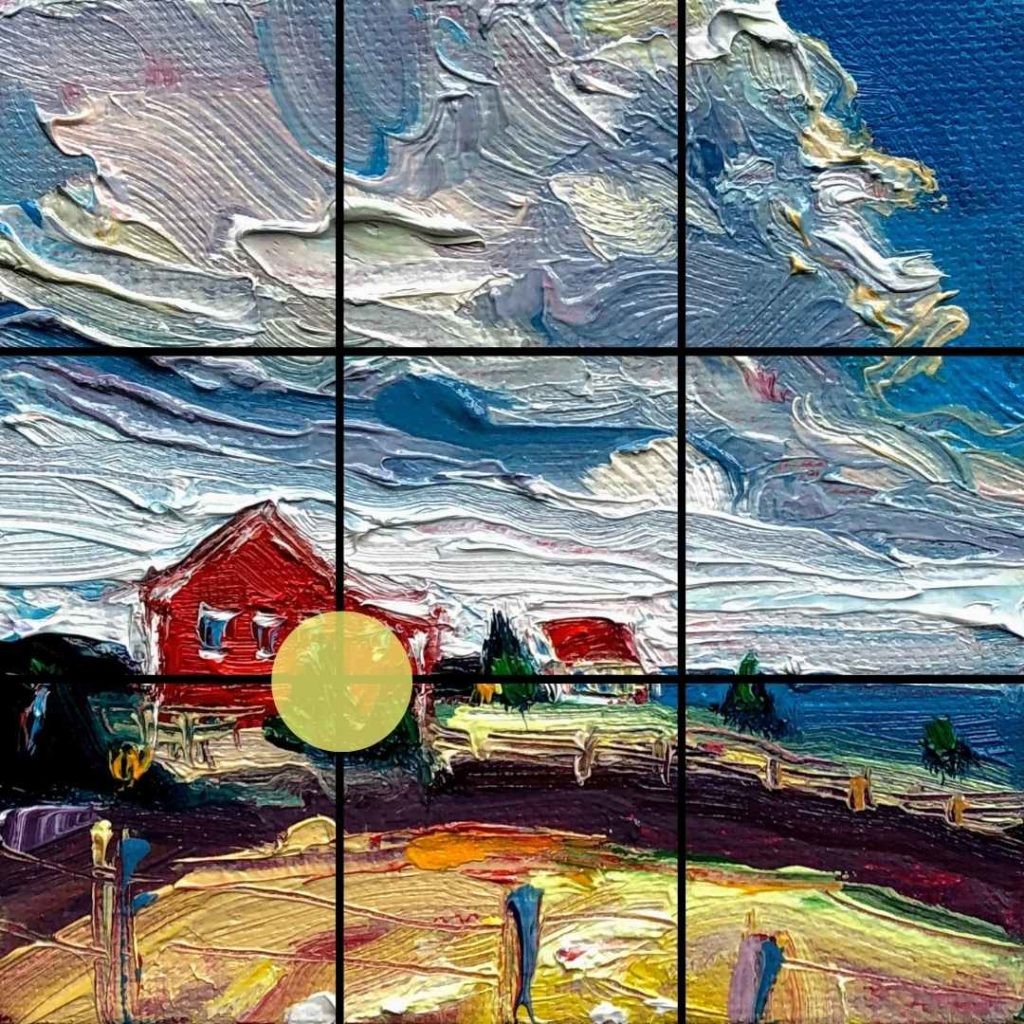
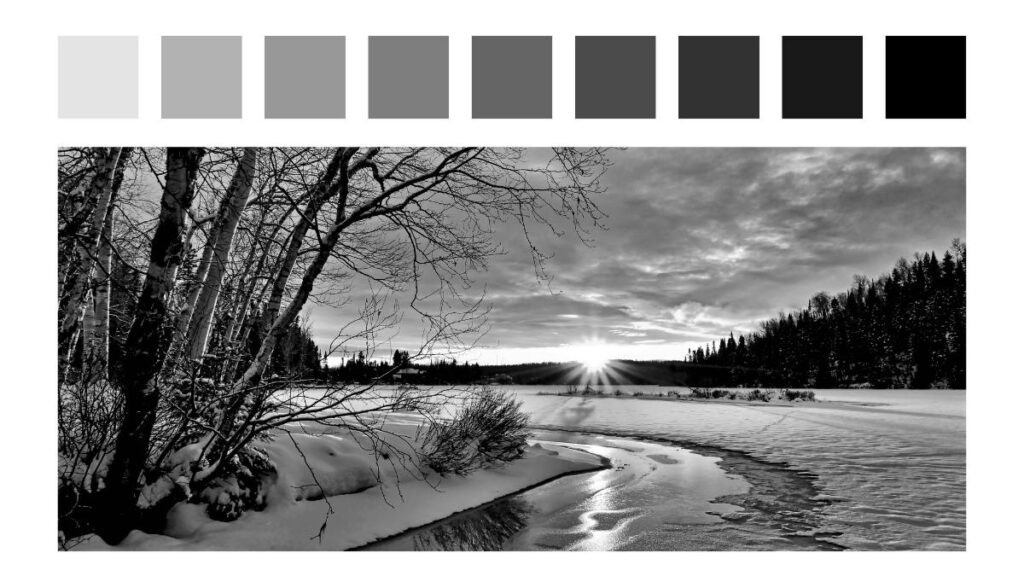
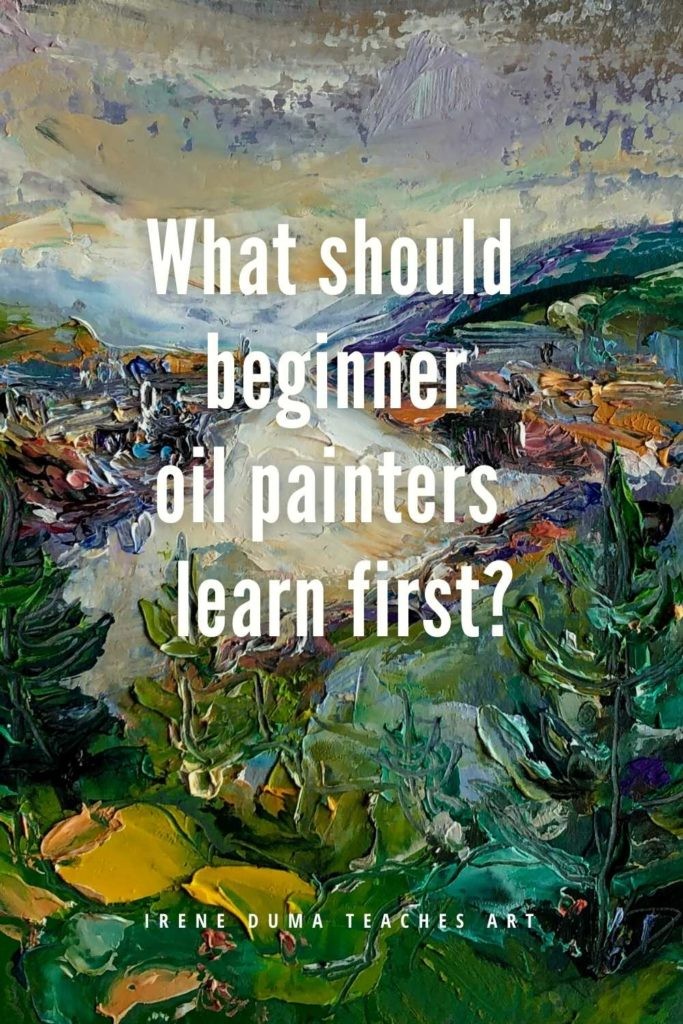
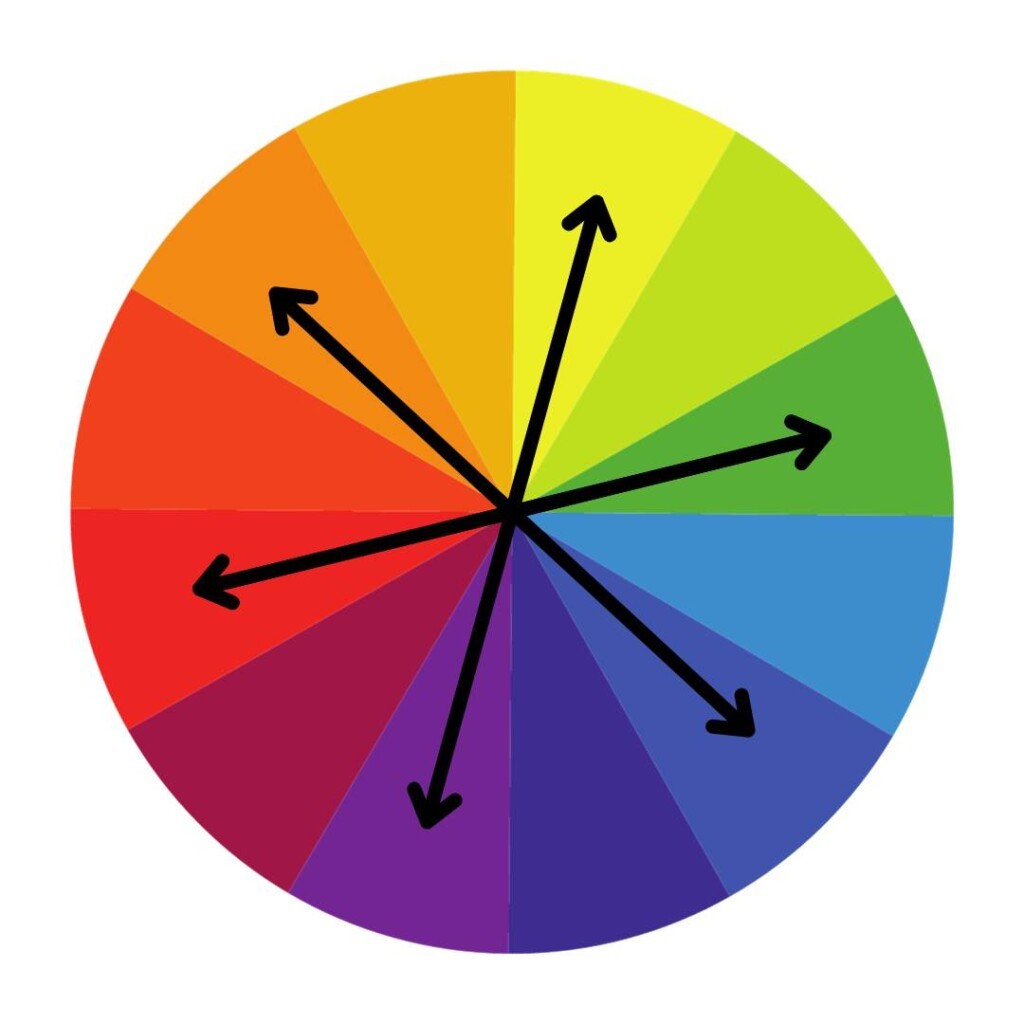
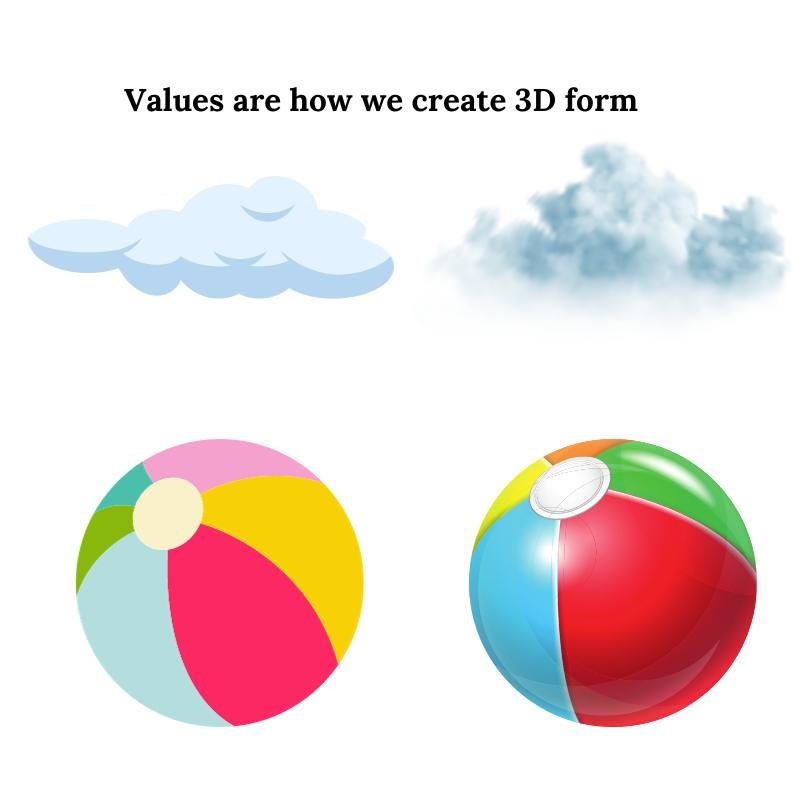
Ultimately, experimenting with each medium is essential. As our instructors at LEARNS.EDU.VN often say, “You won’t KNOW until you try.” Many artists work with multiple mediums, each offering unique qualities and possibilities. By embracing different mediums, you not only broaden your artistic skills but also discover new ways to express your creativity.
2. Investing in Quality Art Supplies
Using quality art supplies is crucial for achieving the desired results and avoiding frustration. While artist-grade paints offer superior pigment quality, student-grade paints are suitable for beginners.
Understanding Paint Grades
Brand-name paints typically come in two grades:
-
Artist-Grade Paints: These paints offer the highest pigment concentration, resulting in vibrant colors and excellent mixing capabilities.
-
Student-Grade Paints: Designed for beginners, these paints are more affordable while still providing decent color mixing.
The key is to find a balance between quality and affordability, allowing you to experiment without hesitation. Remember, as you grow and learn painting, quantity and frequency are more important than painting with expensive paints. It’s better to paint often with student-grade paints than to paint rarely with artist-grade paints.
Essential Supplies for Oil and Acrylic Painters
| Supply | Quality Recommendation | Reason |
|---|---|---|
| Paints | Opt for good quality paints to ensure vibrant colors and smooth mixing. Student-grade paints are perfectly acceptable for beginners. | Good quality paints make color mixing easier and more enjoyable. |
| Canvases | Beginners don’t need professional-grade canvases. Affordable canvas panels or dollar store canvases are sufficient for practice. | Mastery comes from quantity, so it’s better to have plenty of cheap canvases to paint on. |
| Brushes | Choose a selection of synthetic brushes in various shapes and sizes. | Synthetic brushes are affordable and suitable for both acrylic and oil paints. |
| Palette | Use a disposable palette or a palette made of glass or plastic. | A palette provides a surface for mixing paints and keeps your workspace organized. |
| Mediums (Optional) | Experiment with mediums like linseed oil (for oil paints) or acrylic mediums to alter the paint’s consistency and drying time. | Mediums can enhance the paint’s properties and allow for a wider range of techniques. |
| Palette Knives | Use palette knives for mixing paints and applying them to the canvas for textured effects. | Palette knives offer a unique way to manipulate paint and create interesting textures. |
| Easel (Optional) | An easel can provide a comfortable and ergonomic painting experience. | An easel elevates the canvas and allows for better posture and visibility while painting. |
| Cleaning Supplies | Have soap and water (for acrylics) or odorless mineral spirits (for oils) on hand for cleaning brushes and palettes. | Proper cleaning ensures that your brushes and palettes last longer and remain in good condition. |
| Rags or Paper Towels | Keep rags or paper towels nearby for wiping brushes and cleaning up spills. | Rags and paper towels are essential for keeping your workspace clean and organized. |
| Apron or Old Clothes | Wear an apron or old clothes to protect your clothing from paint splatters. | Painting can be messy, so it’s important to protect your clothing. |
Paper Quality for Watercolor, Gouache, and Pastel Painters
For water-based mediums like watercolor and gouache, the quality of the paper significantly affects the outcome. Opt for 140-pound watercolor paper to handle layering and scrubbing without buckling. Similarly, pastel painters benefit from using paper with “tooth” or sanded papers that allow the pastel to adhere effectively.
By selecting appropriate materials, you can set yourself up for success and fully enjoy the painting experience.
3. Training Your Artistic Vision
Painting is not just about technique; it’s about seeing the world through an artist’s eyes. Start by breaking down complex objects into simple shapes like squares, rectangles, cylinders, ovals, and triangles.
Simplifying Complex Subjects
- A house can be seen as a square.
- A window can be seen as a rectangle.
- A tree trunk can be seen as a cylinder.
- A face can be seen as an oval.
- A mountain can be seen as a triangle.
- A person can be seen as a collection of shapes.
Landscapes are a great starting point for beginner painters because the shapes are simpler, and pleasing results can be achieved even without perfect drawing skills.
Tips for Seeing Shapes
- Begin by identifying 5-7 large shapes in your composition.
- Break those shapes down into 5-7 smaller shapes.
- Add details to the smaller shapes.
This approach simplifies the painting process and allows you to focus on capturing the essence of your subject. LEARNS.EDU.VN offers a variety of drawing exercises to help you sharpen your ability to see shapes and improve your overall artistic vision.
4. Mastering Composition Basics
Composition is the arrangement of shapes on a canvas to create a visually appealing design and guide the viewer’s eye. Elevate your paintings by understanding the principles of composition.
The Rule of Thirds
A simplified version of the Golden Ratio is the Rule of Thirds. Place your focal point where two lines meet and avoid putting your horizon line in the middle. Placing your focal point off-center adds movement and visual interest to your artwork, making it more engaging for viewers.
This simple technique can transform your paintings from amateurish to professional-looking.
5. Embracing a Limited Color Palette
Using a limited color palette is the secret to creating beautifully harmonized paintings. By restricting the number of colors you use, you can achieve a sense of unity and cohesion in your artwork.
The Split Primary Color Palette
The split primary color palette is a popular choice for its versatility. It consists of a warm and cool version of each primary color, along with titanium white:
- Cool Yellow
- Cool Red
- Cool Blue
- Warm Yellow
- Warm Red
- Warm Blue
- Titanium White
With these colors, you can mix almost any hue you desire.
Understanding Color Temperature
Color temperature refers to the perception of colors as warm or cool.
- Cool Colors: Associated with shadows, early morning light, or cloudy days. Examples include lemon yellow, icy blue, and minty green.
- Warm Colors: Associated with sunlight or the glow of a late afternoon sun. Examples include sunflower yellow, fiery red, and tropical blue.
By contrasting warm and cool temperatures, you can create stunning color combinations that add depth and visual interest to your paintings.
6. Understanding the Fundamentals of Color Theory
While a deep understanding of physics isn’t necessary to start painting, grasping the basics of color theory is essential.
Color Mixing Basics
Begin by mixing colors as you did in kindergarten:
- Yellow + Blue = Green
- Yellow + Red = Orange
- Red + Blue = Purple
With these primary and secondary colors, you have a full range of colors to play with.
Mastering Complementary Colors
Complementary colors are those that are opposite each other on the color wheel:
- Blue and Orange
- Yellow and Purple
- Green and Red
Complementary colors have magical properties:
- Mixing them together tones down a color, creating beautifully harmonized values.
- They can be used to create blacks and grays.
- When placed next to each other, they create a vibrant contrast.
7. Recognizing Values in Painting
Values, or the lightness and darkness of a color, are crucial for creating depth and form in your paintings.
Understanding Value
Imagine every color ranging from its lightest (almost white) to its darkest (almost black), with eight steps in between.
Most beginner painters don’t use enough values in their paintings, resulting in flat, cartoon-like images.
Tips for Seeing Values
- Convert your photo to black and white to see values more clearly.
- Take a break from your painting to look at it with fresh eyes.
8. Adhering to a Basic Painting Process
A structured painting process can help guide you through each step and ensure a successful outcome.
LEARNS.EDU.VN offers a comprehensive painting process that works for acrylic, gouache, and pastel, and can be adapted for watercolor.
9. The Power of Small-Scale Painting
Switching to mini paintings can accelerate your learning and boost your confidence.
Benefits of Painting Small
- Mini paintings can be finished quickly, allowing you to learn faster.
- They are economical and efficient, reducing anxiety about “ruining” expensive canvases.
- They encourage experimentation and risk-taking, leading to quicker mastery of art principles.
10. Maintaining a Playful Attitude
Play is how we learn best, regardless of age. Avoid excessive theory at the start and focus on getting into the paint and experimenting. Follow your curiosity and excitement to create a painting practice you’ll love.
“Play is a strategy for learning at any age.”
Mara Krechevsky, Project Zero researcher
11. Consistency is Key
Master the habit of showing up and taking small, consistent actions. Mini steps will lead to significant progress over time.
Tips for Building Consistency
- Start with a 1-2 minute drawing a day to overcome initial resistance.
- Add one painting session a week as the habit becomes easier.
- Strive to be just 1% better each day, and you’ll be amazed at the results.
By following these tips and embracing a playful, consistent approach, you can unlock your artistic potential and enjoy the journey of learning how to paint. Remember, LEARNS.EDU.VN is here to support you with expert guidance and resources every step of the way.
FAQ: Frequently Asked Questions About Learning How to Paint
| Question | Answer |
|---|---|
| What is the best medium for beginners? | The best medium is the one that excites you the most. Each medium has its unique properties, so experiment to find what resonates with you. |
| How much should I spend on art supplies? | Start with student-grade paints and affordable canvases. As you progress, you can invest in higher-quality materials. |
| How important is drawing for painting? | While drawing skills are helpful, painting is about seeing shapes and values. Landscapes are a good starting point for beginners. |
| What is the rule of thirds, and how do I use it? | The rule of thirds is a compositional guideline that involves dividing your canvas into nine equal rectangles. Place your focal point at the intersection of the lines to create a visually appealing composition. |
| Why should I use a limited color palette? | A limited color palette helps create harmonious paintings. The split primary color palette is a versatile option for beginners. |
| How much color theory do I need to know? | Start with the basics of color mixing and complementary colors. Too much theory can stifle creativity. |
| What are values, and why are they important? | Values are the lightness and darkness of a color. They are crucial for creating depth and form in your paintings. |
| How can I improve my painting process? | Follow a structured painting process that guides you through each step, from preparing your canvas to adding final details. |
| What are the benefits of painting small? | Painting small allows you to finish paintings quickly, experiment with new techniques, and reduce anxiety about wasting materials. |
| How can I stay motivated to learn painting? | Maintain a playful attitude, focus on consistency, and celebrate your progress along the way. |
Elevate Your Art at LEARNS.EDU.VN
Ready to transform your artistic aspirations into reality? At LEARNS.EDU.VN, we provide detailed guides, effective learning methods, and simplified explanations of complex concepts to help you succeed. Overcome the challenges of finding reliable learning resources and stay motivated with our expert-led courses.
Visit LEARNS.EDU.VN today to explore our comprehensive resources and unlock your full creative potential.
Contact Us:
- Address: 123 Education Way, Learnville, CA 90210, United States
- WhatsApp: +1 555-555-1212
- Website: learns.edu.vn